‘Xiongnu: New Archeological Discoveries’ special exhibition opens
视频On November 30, ‘Xiongnu: New Archeological Discoveries’ special exhibition was opened at the National Museum of Mongolia.
At the opening ceremony, Director of the Institute of Archeology at the Mongolian Academy of Sciences, Dr. G.Eregzen said, “The Noyon Mountain (Noyon Uul) is one of the highlight locations for archeological research in Mongolia. It is well-known for providing the first evidence that proved the existence of the Xiongnu people. 60-90 percent of the artifacts discovered from the mountain are made up of textiles. While it is very rare for organic textile items to be found from Xiongnu tombs, the sites at Noyon Mountain are unique for the discovery of a large number of garments and tools. As textiles were discovered in a large amount in the framework of the joint Mongolian-Russian project, the project was named as ‘New Archeological Discoveries’.”
The artifacts discovered from the Xiongnu tombs and burial sites located at Noyon Mountain make up a significant part of Xiongnu studies. The archeological excavations conducted at Noyon Mountain as a part of the Mongolian-Tibeto expedition led by Russian researcher P.K.Kozlov in 1924-1925 was when the Xiongnu artifacts were first discovered, and is considered as one of the greatest discoveries during the 20th century.
Between 2006 and 2015, the Institute of Archeology at the Mongolian Academy of Sciences and the Institute of Archeology and Ethnography of the Siberian Branch of the Russian Academy of Sciences jointly carried out archeological excavations and research at the location, discovering some 1,200 artifacts from 8 Xiongnu tombs in total. As a result of the research, textile items that had yet to be discovered intact were discovered alongside rare artifacts such as silver accessories and gear with mythical creatures.
The opportunity was created for publicly presenting the results of the research by restoring the historical artifacts and fully carrying out a laboratory analysis in detail.
<i>At the special exhibition, about 400 artifacts discovered from burials of Xiongnu nobility during the joint Mongolian-Russian expedition were presented. </i>
For instance, textile items, carpet, remains of a felt mat, silver items, gold and silver accessories, restored model of a felt mat, golden ornaments of a coffin alongside its wooden base, hair plaits and its silk bags, piece of clothing, and clay vase have been put on display.
The exhibition is being co-organized by the Institute of Archeology at the Mongolian Academy of Sciences and the National Museum of Mongolia, and the project is being implemented with financing from the Ministry of Culture and the Culture and Arts Support Fund.
The exhibition will be open to the public for three months.

 Ulaanbaatar
Ulaanbaatar

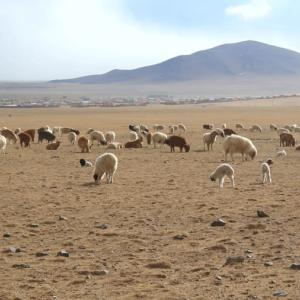
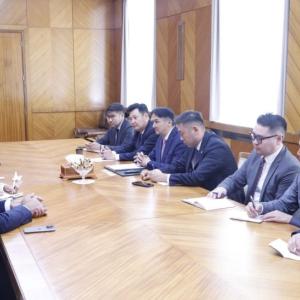
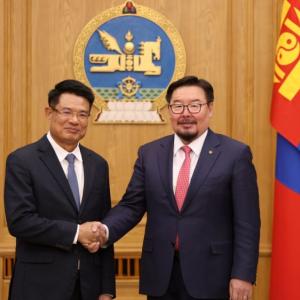
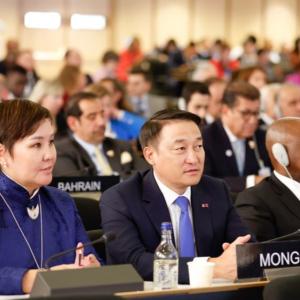
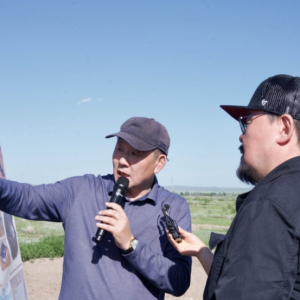
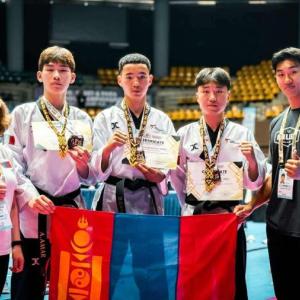
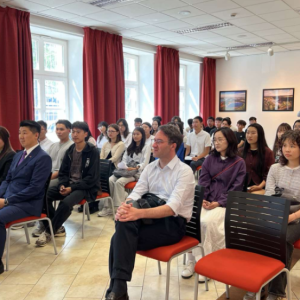

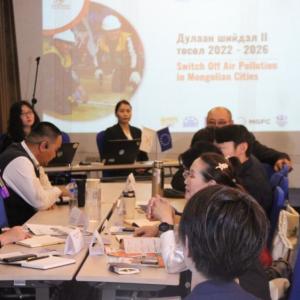
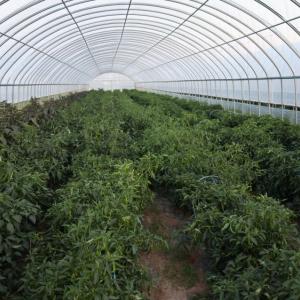
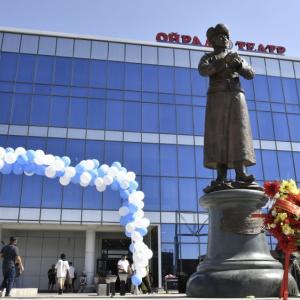
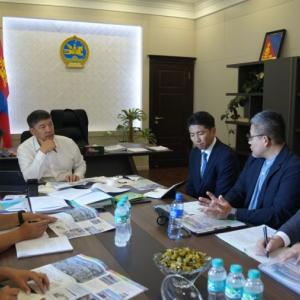
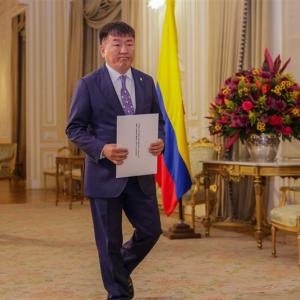
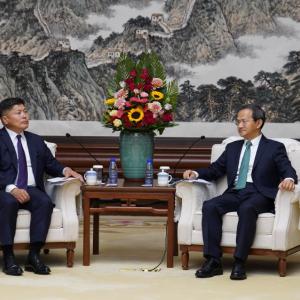

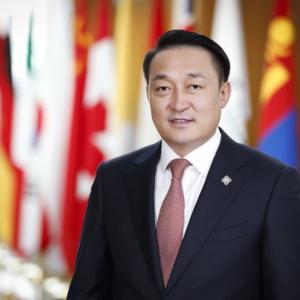
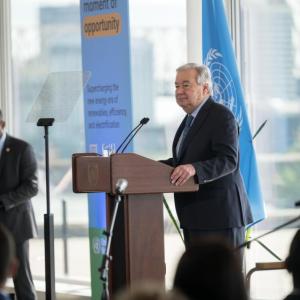
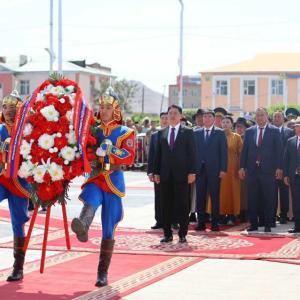
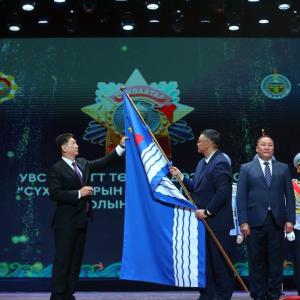

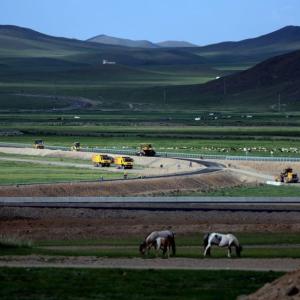


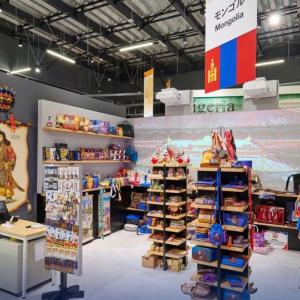
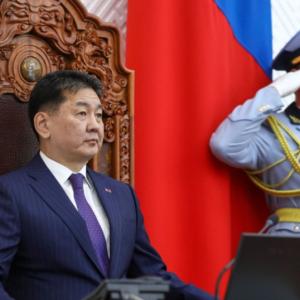
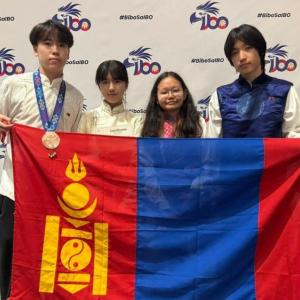

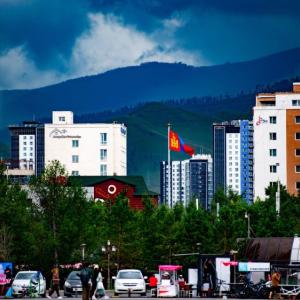
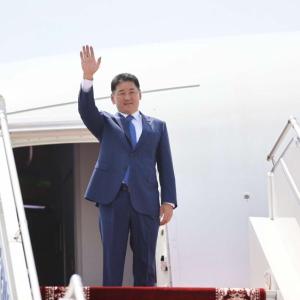
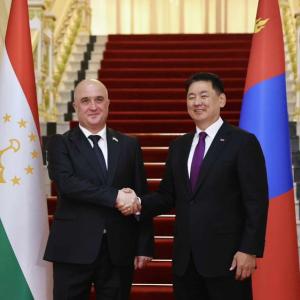
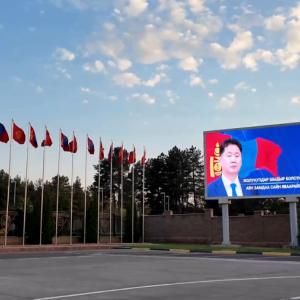
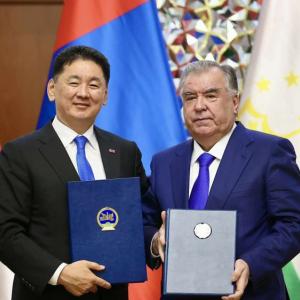
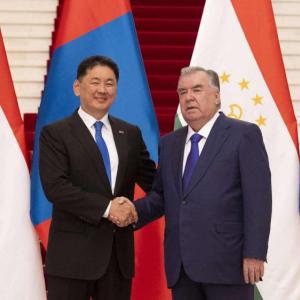

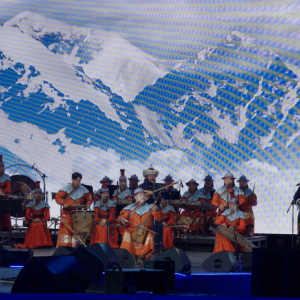
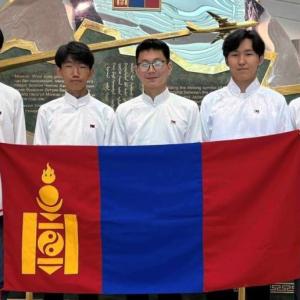
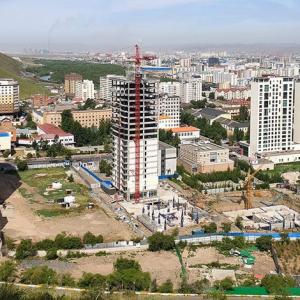
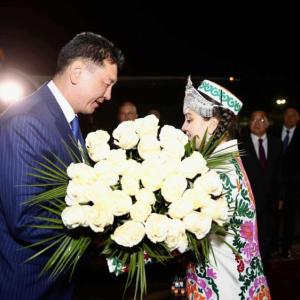
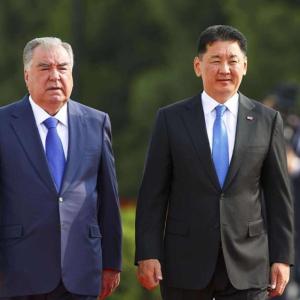
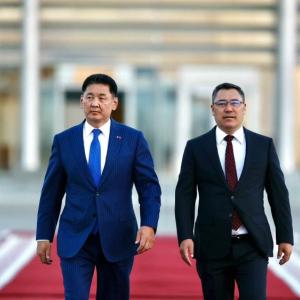
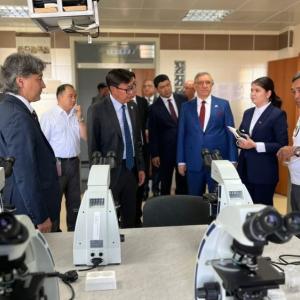
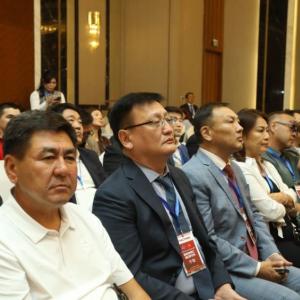
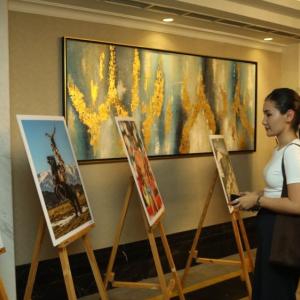
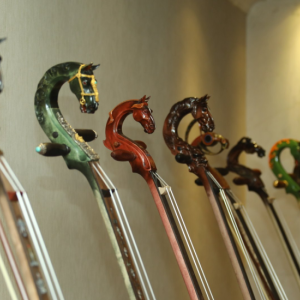
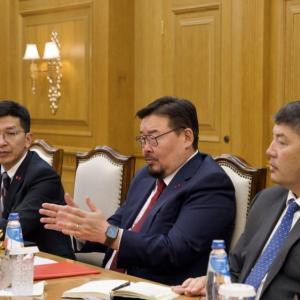
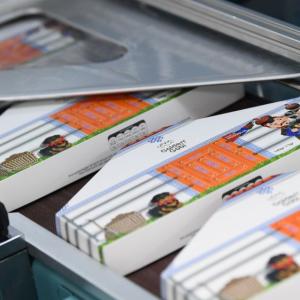
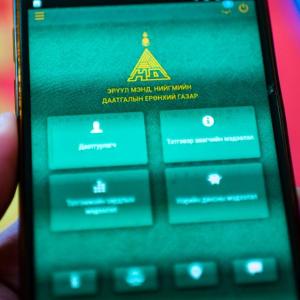

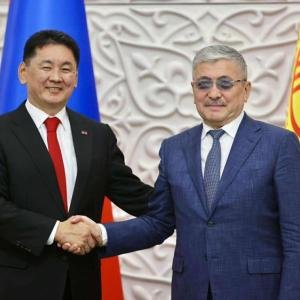
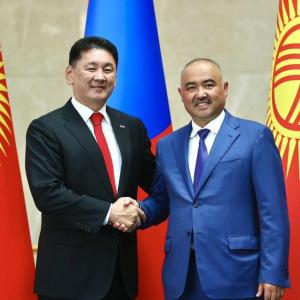
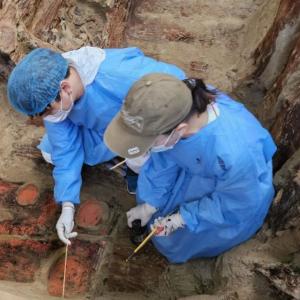
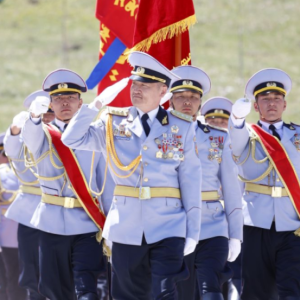
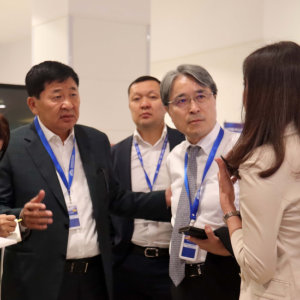

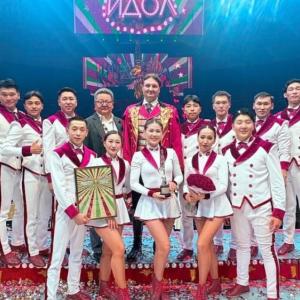
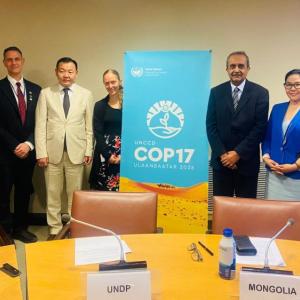
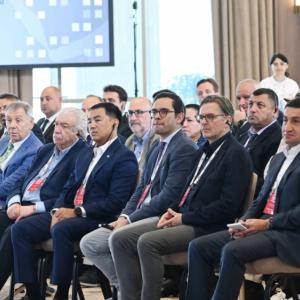
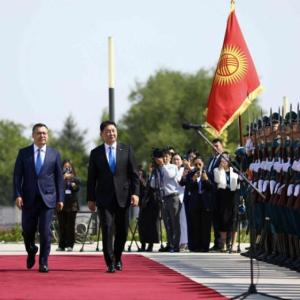
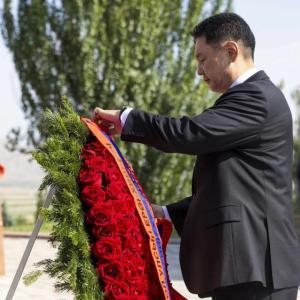
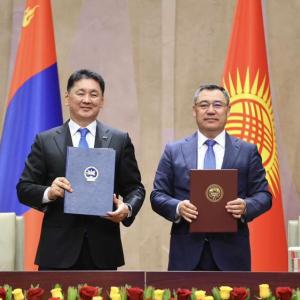
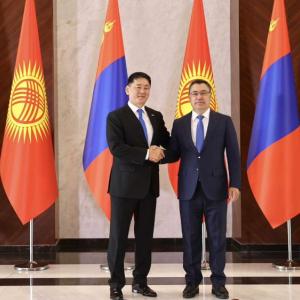


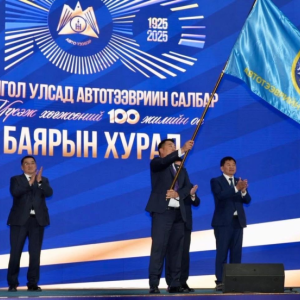
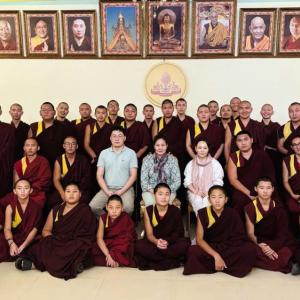
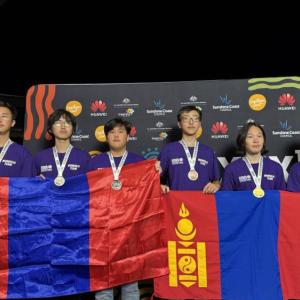
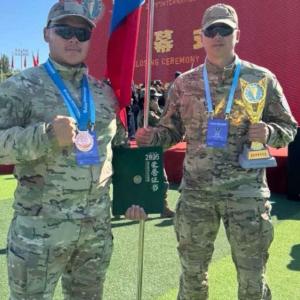
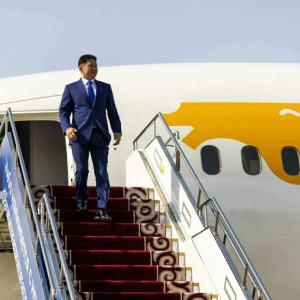
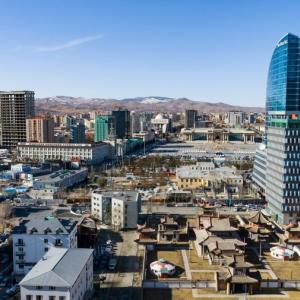
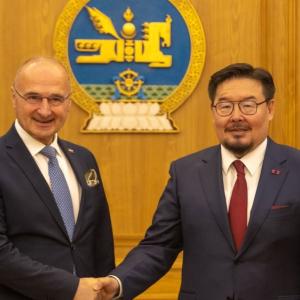






Comments